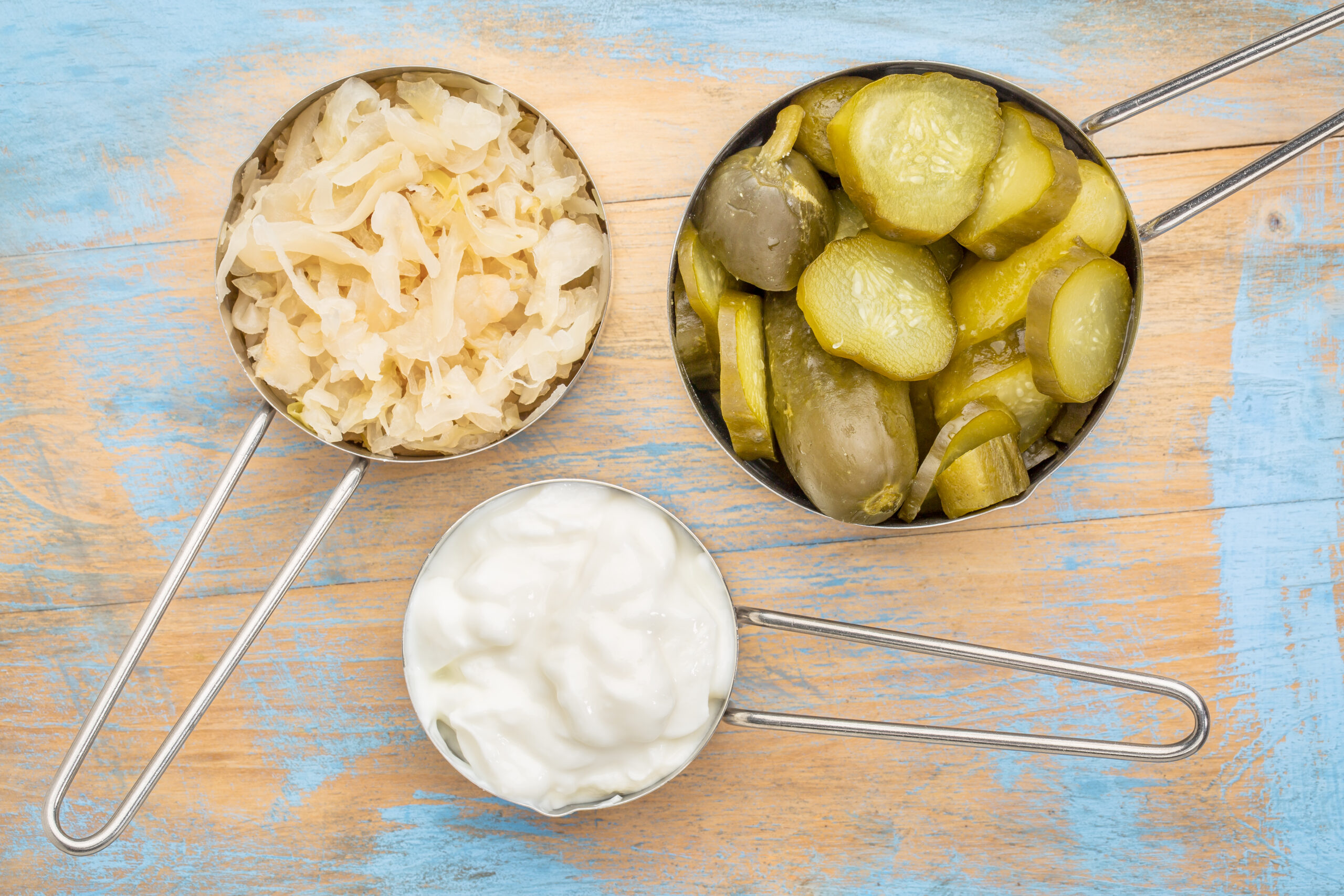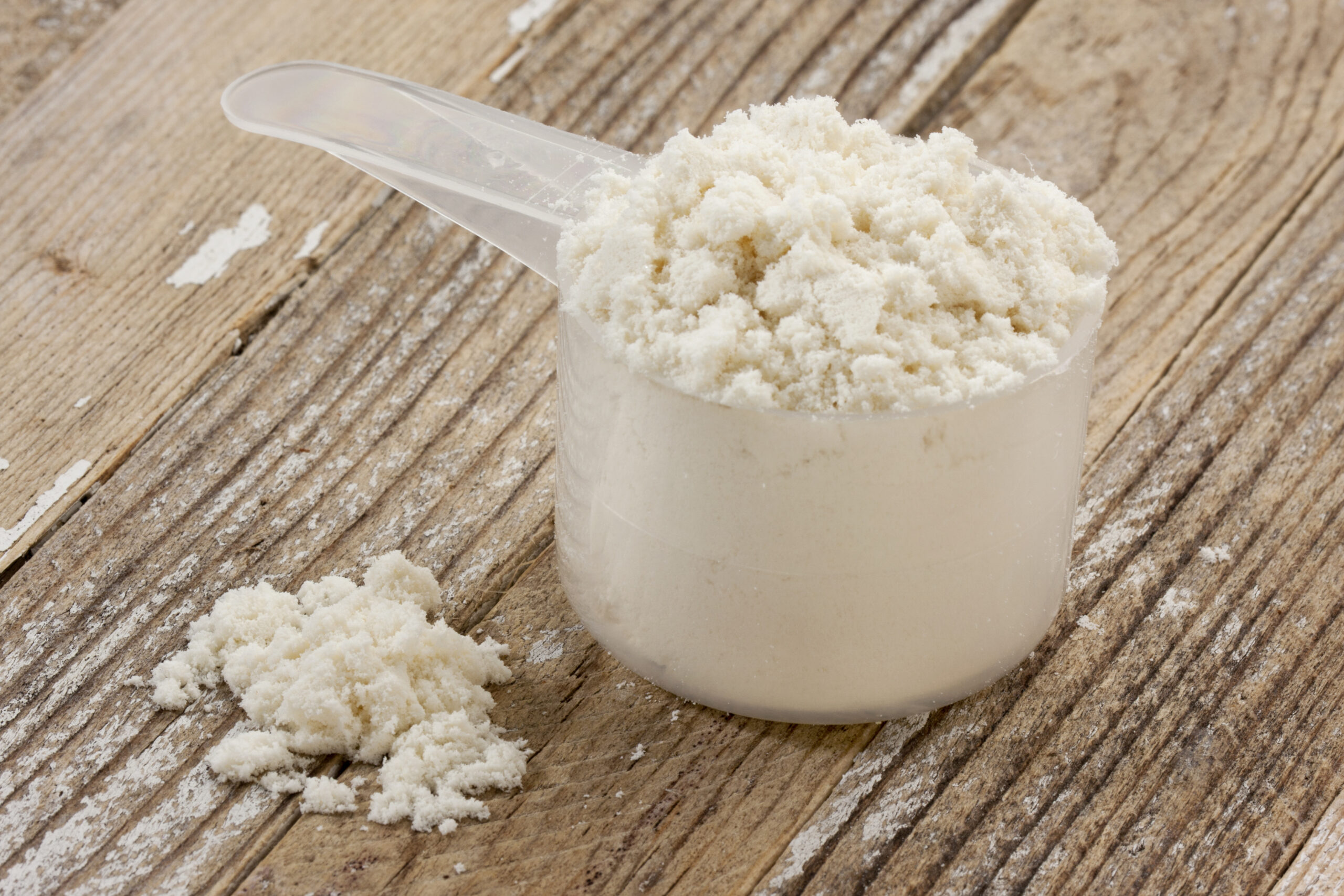You’ve probably heard that omega-3s are good for you. They’re plastered across supplement bottles, praised by wellness gurus, and linked to everything from heart health to clear skin. But do most people really understand why these fats matter—or how they compare to omega-6 and omega-9?
The truth is that not all fats are created equal, and the balance between them can have a major impact on how you look and feel.
Here’s what you need to know about omega fatty acids, how they influence inflammation and skin health, and what to do if your current fat intake is working against your glow.
What Are Omega 3, 6 and 9 Fatty Acids?
Omega-3 fatty acids are essential fats your body can’t produce on its own. You get them from fatty fish like salmon, sardines, and mackerel, as well as from flaxseeds, chia seeds, walnuts, and algae-based sources. They’re best known for their anti-inflammatory powers, which benefit everything from brain function to heart health to—yes—your skin’s radiance and resilience.
Omega-6 fatty acids are also essential, meaning we need them too—but here’s the catch: we’re already getting plenty, often too much. They’re abundant in vegetable oils like corn, soybean, and sunflower oil, which sneak into most processed foods. While omega-6s support cell structure and skin barrier function, they also promote inflammation when consumed in excess, which most of us are doing without even realising.
Omega-9s, on the other hand, aren’t essential in the same way—our bodies can produce them. Found in olive oil, avocados, and certain nuts, they’re great for supporting heart health and softening the skin. But they don’t have the same anti-inflammatory or healing punch that omega-3s do.
Why Omega-3 Deserves the Spotlight
According to the British Dietetic Association, omega-3 fatty acids are considered a cornerstone of anti-inflammatory nutrition and are linked to reduced risk of cardiovascular disease, improved mental health, and better skin function. The NHS also highlights oily fish as a key dietary source of long-chain omega-3s, which help prevent heart disease and support overall health.
Leading dermatologists, such as Dr Stefanie Williams, often point out the benefits of omega-3s for managing inflammatory skin conditions like acne and eczema. Functional medicine practitioners go further, noting significant improvements in skin clarity and moisture retention when patients increase their omega-3 intake while reducing omega-6 overload.
Scientific research supports this. For example, a 2020 review explored the role of omega-3 fatty acids in managing inflammatory skin conditions such as psoriasis, eczema, and acne, highlighting their anti-inflammatory properties and impact on skin barrier function. Another study, published in 2023, found that daily krill oil supplementation significantly improved skin hydration and elasticity in healthy adults. These findings reinforce how omega-3s can support calm, clear, and resilient skin from within.
To put it in simple terms, inflammation is the root of so many modern health and skin issues, from breakouts and dullness to more serious concerns like eczema, rosacea, and even premature ageing. Omega-3s help to calm this internal fire. They’re like peacekeepers for your immune system, keeping it from overreacting and triggering redness, swelling, or skin irritation. On the inside, they help regulate mood, boost cognitive clarity, support heart health, and even aid joint function. They help strengthen the skin’s barrier, lock in moisture, reduce redness, and support collagen—all essential for that supple, lit-from-within look.
Signs Your Omega Ratio Might Be Off
The problem is that most people are walking around with an omega-6 to omega-3 ratio that’s totally out of whack. Experts recommend a ratio of about 4:1 (omega-6 to omega-3), but in many Western diets, it’s closer to 15:1 or even 20:1. That means we’re feeding inflammation without realising it.
How do you know if your omegas are out of balance? Common signs include persistent breakouts, dry or flaky skin, redness or irritation that doesn’t respond to skincare, brain fog, joint stiffness, or even low mood. If your diet relies heavily on processed foods, fast food, or seed oils, there’s a good chance your omega ratio needs rebalancing.
How to Add More Omega-3s (Without Overhauling Your Life)
The good news?
You can shift this without a total lifestyle overhaul. Let’s talk about simple, doable tips that don’t require a complete kitchen makeover.
Start by adding more omega-3-rich foods to your meals in small, obvious ways. Sprinkle ground flax or chia seeds into your smoothie or porridge in the morning. Keep tinned sardines or salmon in your cupboard for a quick lunch add-on. Snack on walnuts instead of crisps. Use omega-3-enriched eggs in your cooking. Add a tablespoon of ground flaxseed into your yoghurt or mix it into salad dressing. These aren’t huge changes—but done consistently, they shift the balance.
If fish isn’t your thing or you’re plant-based, consider an algae-based omega-3 supplement. For others, high-quality fish oil or krill oil can help—just make sure you choose one that’s third-party tested and high in EPA and DHA, the active compounds that do the heavy lifting.
While supplements can help, whole foods should always be your foundation. Not just for nutrient synergy, but because they’re easier to incorporate into repeatable habits. Think habit design: make it easy, make it obvious, make it satisfying. Store your flaxseed jar next to your blender. Keep walnuts in a visible container on the counter. Add “chia pudding” to your Sunday meal prep. Start small, and let the habit build. You’re not aiming for perfection—you’re nudging your daily defaults in a skin-supportive direction.
Cutting Back on Omega-6: Reclaim the Balance
Boosting omega-3s is only half the story. To truly rebalance your fatty acid intake, you’ll also want to cut back on excess omega-6s. That doesn’t mean eliminating all sources—your body still needs them—but it’s time to rethink where they’re coming from.
Most of the omega-6 overload in modern diets comes from processed seed oils, often hidden in packaged snacks, baked goods, and restaurant foods. Start by cooking more meals at home so you can control the oils used. Swap out vegetable oils like sunflower, corn, and soybean oil for healthier options like extra virgin olive oil, avocado oil, or cold-pressed rapeseed oil.
Check ingredient labels on sauces, dressings, and snack foods—omega-6-rich oils are often front and centre. If you’re buying hummus, mayo, or salad dressings, look for versions made with olive or avocado oil.
You can also reduce omega-6 by cutting down on fried foods and ultra-processed items. Batch cook real meals with real ingredients, and you’ll naturally reduce your intake without feeling restricted. Like all sustainable changes, this is about consistency—not perfection.
Smart Swaps to Reduce Omega-6
To make cutting back even easier, here are a few realistic food swaps to help bring your fats into better balance:
- Cook with extra virgin olive oil, avocado oil, or cold-pressed rapeseed oil instead of sunflower or vegetable oils.
- Snack on roasted nuts or seeds instead of crisps or seed oil-fried snacks.
- Make simple salad dressings at home with olive oil, lemon or vinegar, mustard, and herbs.
- Choose grilled or baked dishes over fried options when eating out, especially anything described as “crispy” or “breaded.”
Final Thoughts: Balance Is the New Glow
Just a few consistent nutritional shifts can help you improve your balance of omega 3s and visibly transform your skin from the inside out. When you feed your body the right fats, your skin can finally chill out, hydrate better, and get back to glowing.
Want to start simple?
Grab a bag of flaxseed, a tin of sardines, and a bottle of good olive oil. Your skin (and brain, and heart) will thank you.



